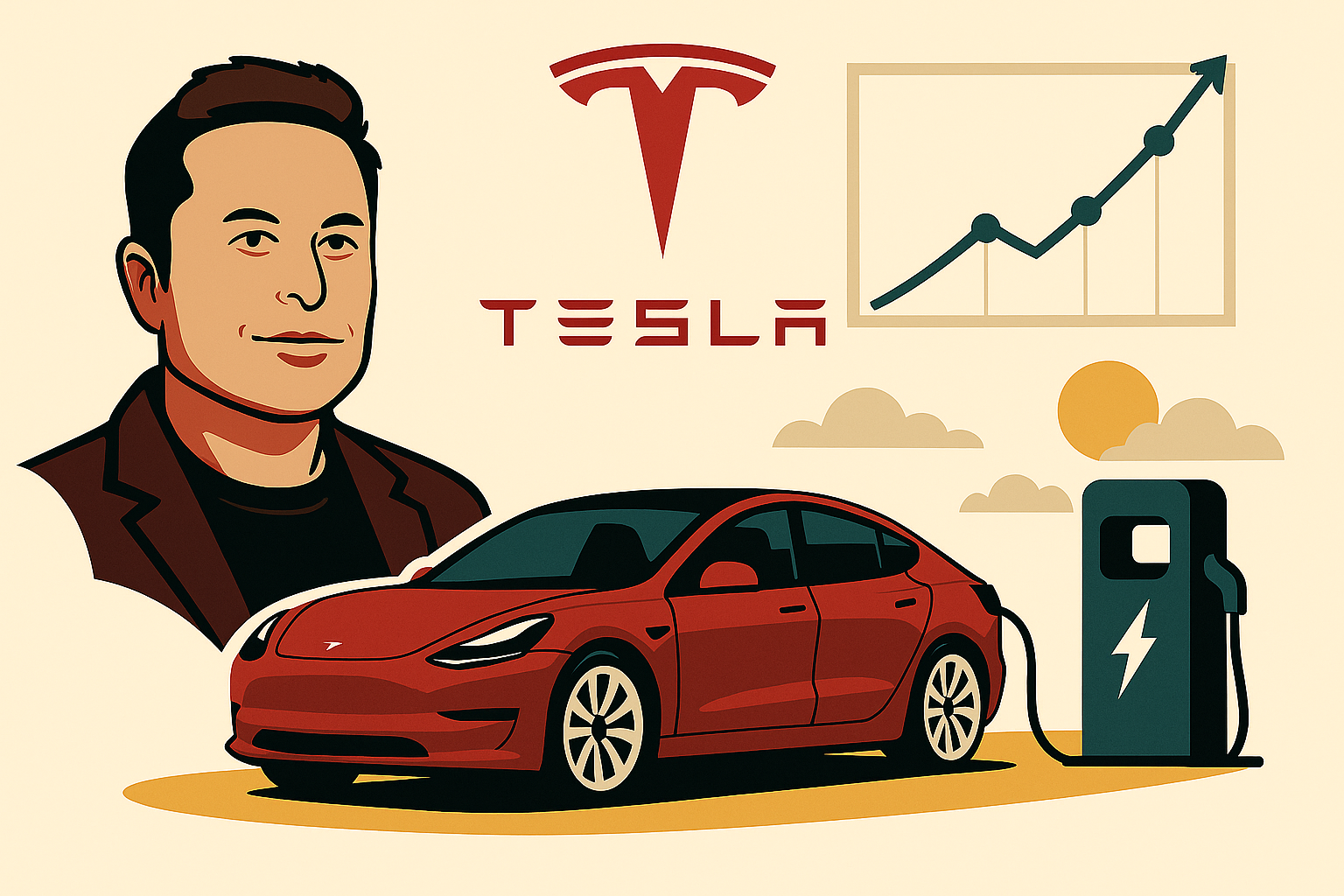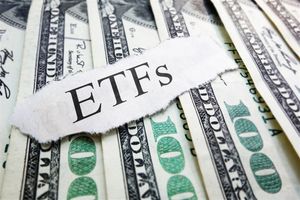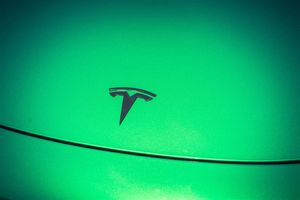
When historians look back on the dawn of the electric age in the 21st century, few companies will loom as large as Tesla. Founded in 2003, Tesla’s story is a high-voltage saga of visionaries, skeptics, breakthroughs, and backlash—a journey that has helped redefine the auto industry and accelerate the world’s shift to sustainable energy. This is the detailed story of how Tesla (NASDAQ: TSLA) evolved from a risky startup into the driving force behind the electric vehicle (EV) revolution.
The Early Days: Dreamers, Engineers, and a Roadster
The origins of Tesla trace back to a group of Silicon Valley engineers and entrepreneurs who believed that electric cars could be not only viable but also desirable. Among them were Martin Eberhard and Marc Tarpenning, who sought to shatter the stereotype of electric cars as slow, uninspired vehicles. They named their new company after Nikola Tesla, the Serbian-American inventor whose innovations in electricity paved the way for modern power systems.
Elon Musk, then known as the maverick co-founder of PayPal, entered the scene in early 2004 with a $6.5 million investment, quickly becoming the company’s largest shareholder and, soon, its most visible leader. Musk’s bold ambition was to build an electric car that could outperform any gasoline sports car on the market—a vision that seemed almost quixotic in an era dominated by internal combustion engines.
Tesla’s first major project was the Roadster, unveiled in 2006. Based on a Lotus Elise chassis but powered by a cutting-edge lithium-ion battery pack, the Roadster promised a 0-60 mph time of under four seconds and a range of more than 200 miles—figures that stunned the industry. But bringing the Roadster to market proved far more difficult than anticipated, with repeated delays and ballooning costs. Still, when the first Roadsters reached customers in 2008, Tesla had achieved something no major automaker had managed: an electric car that was fast, beautiful, and functional.
Crisis and Reinvention: Model S and Mass Market Dreams
Despite the Roadster’s cult following, Tesla was teetering on the edge of bankruptcy by the end of the 2000s. The global financial crisis hit, private funding dried up, and the company’s ambitious plans for expansion seemed in jeopardy. In a pivotal move, Musk invested nearly his entire personal fortune into Tesla, keeping the company afloat through its darkest hours.
The real turning point came with the Model S. Launched in 2012, the Model S was a full-sized, all-electric luxury sedan that redefined what an EV could be. It boasted a 300-mile range, stunning acceleration, and a sleek, minimalist design centered around a massive touchscreen. Critics raved, and awards poured in—including Motor Trend’s “Car of the Year.” The Model S became a status symbol in Silicon Valley and among early adopters worldwide, propelling Tesla’s brand into the mainstream.
Tesla didn’t stop there. Musk outlined a “Secret Master Plan” to expand the company’s offerings to more affordable vehicles, culminating in the launch of the Model X SUV in 2015 and, most importantly, the Model 3 in 2017. The Model 3, with its starting price of $35,000, aimed to bring EVs to the masses. Demand was unprecedented, with hundreds of thousands of reservations before the first cars rolled off the assembly line.
Manufacturing Hurdles, Global Expansion, and the “Gigafactory” Era
Tesla’s path to mass-market success was anything but smooth. The company faced production bottlenecks, “manufacturing hell,” and frequent doubts about its ability to scale. Skeptics on Wall Street and in the auto industry predicted Tesla’s demise nearly every year, but the company persisted, innovating with a relentless pace.
Central to Tesla’s expansion was the concept of the Gigafactory—a massive, vertically integrated battery and vehicle production facility. The first Gigafactory in Nevada opened in 2016, dramatically lowering battery costs and increasing output. Soon, Tesla would launch additional Gigafactories in Shanghai, Berlin, and Texas, cementing its role as a global player and making it the world’s largest EV producer by volume.
Tesla also pioneered advances in autonomous driving technology, launching its “Autopilot” suite in 2014 and continuing to develop its Full Self-Driving (FSD) system. While progress has been controversial and regulatory approval remains a challenge, these features have kept Tesla at the cutting edge of automotive innovation.
Beyond Cars: Energy, Solar, and the Mission to “Accelerate the World’s Transition”
Tesla’s ambition has always extended beyond cars. In 2015, the company unveiled the Powerwall and Powerpack, home and commercial battery storage products that enable homes and businesses to store solar energy. Tesla’s acquisition of SolarCity in 2016 brought solar roof tiles and expanded its clean energy footprint.
The company’s mission—“to accelerate the world’s transition to sustainable energy”—has driven investments in grid-scale batteries, solar deployments, and vehicle-to-grid technologies. In markets from California to Australia, Tesla’s battery solutions have helped stabilize energy grids and lower costs.
Financial Breakthrough and Mainstream Success
For years, critics argued that Tesla would never be profitable. That changed in 2020, when the company posted its first full year of net profit, buoyed by soaring deliveries and demand. Tesla joined the S&P 500 index, becoming one of the most valuable companies in the world and making (NASDAQ: TSLA) a centerpiece of growth portfolios globally.
Tesla’s rise has spurred a wave of competition from legacy automakers and startups alike. Companies from Ford and GM to China’s BYD are racing to catch up, rolling out electric models and investing billions in battery tech. But Tesla’s head start—and its culture of rapid innovation—continues to set it apart.
The Road Ahead: Challenges and Unanswered Questions
Tesla’s journey is far from over. The company faces intense competition, regulatory scrutiny, and the challenge of scaling new technologies like FSD and its long-awaited Cybertruck. Questions about labor practices, Musk’s unpredictable leadership, and the sustainability of its business model continue to swirl.
Yet, if the last two decades have shown anything, it’s that Tesla has a knack for defying the odds. What started as a wild idea among engineers has grown into a force that is reshaping not only how we drive, but how we think about energy, sustainability, and the future of the planet.
Disclaimer: This article is for informational purposes only and does not constitute investment advice. Stock market investments carry risk. Please conduct your own research or consult a financial advisor before making investment decisions.





